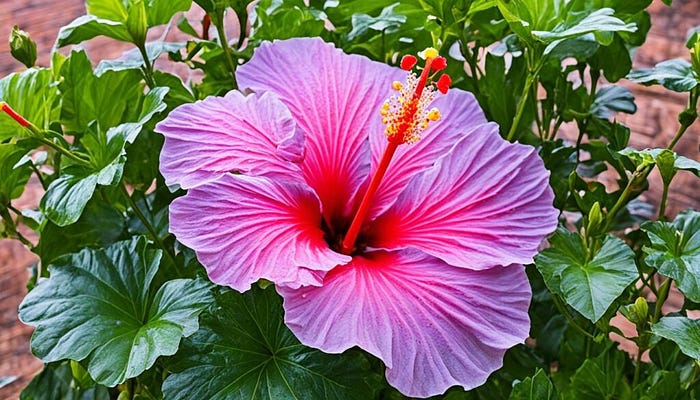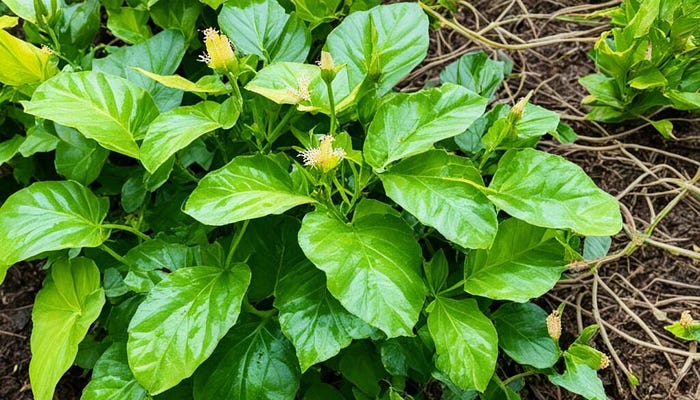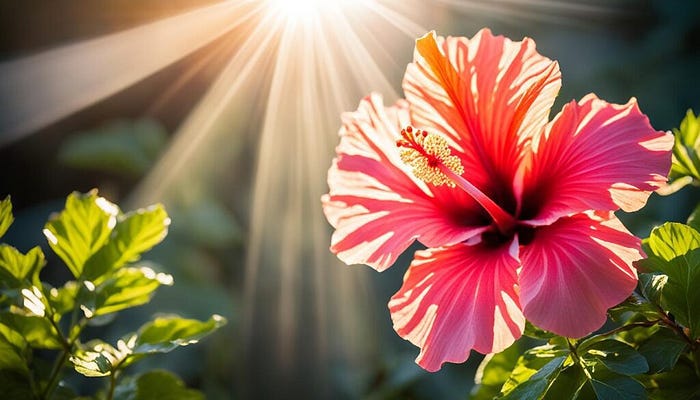7 Critical Reasons for Hibiscus Dropping Flowers and Proven Fixes
Hibiscus dropping flowers: If your hibiscus is losing flowers, you’re in good company. Many factors can cause this issue. They can all be fixed with the right care. Knowing why hibiscus flowers fall and how to fix it can make your garden bloom beautifully.
Understanding Hibiscus Flower Drop
Hibiscus flowers dropping can mean the plant isn’t getting what it needs. Cold weather makes hibiscus plants go dormant to save energy. This helps them survive when temperatures change.
For hibiscus to keep their flowers, they must get the right nutrients. They need a mix of certain nutrients and organic matter for their roots. Without this, flowers may fall off, and the plant won’t look as lively.
Overwatering Problems
Too much water can lead to root rot because the soil gets too wet. This stops the roots from getting the nutrients they need. This can make the leaves turn yellow and fall off. Overwatering is a big problem that greatly affects your hibiscus’s ability to flower. It’s important to keep the soil moist but not waterlogged to avoid these issues.
Moving hibiscus to bigger pots can also create water problems. The extra soil holds too much water, making the roots suffer. To prevent this, pick pots that are just a size bigger than the current one. Make sure your hibiscus care includes good drainage.

Underwatering Effects
Not watering enough is just as bad, leading to stress from drought. This makes the flowers and leaves droop and fall. It’s the way the plant tries to save water when it’s scarce. Underwatered hibiscus can show signs of drooping because they need a lot of moisture.
To stop this, check and change how you water based on the plant’s age, how much sun it gets, and its specific water needs. Keeping the right moisture level in the soil is vital for keeping your hibiscus healthy. This helps prevent blooms from dropping off due to watering problems.
Temperature and Environmental Stress
Hibiscus plants boast beautiful flowers but are sensitive to their surroundings. Knowing how they handle temperature and stress is key to their care.
Impact of Extreme Temperatures
Extreme heat or cold affects hibiscus plants deeply. Tropical types really struggle with cold, losing leaves and buds when temps suddenly drop. Frost damage shows as yellowing leaves that fall off, showing why it’s critical to protect them in cold places.
High heat can also harm them, causing leaves to drop and plants to wilt as they try to save water.
Hibiscus Pests and Diseases
Keeping your hibiscus healthy means fighting off hibiscus pests and diseases. Pests like spider mites, scale insects, mealybugs, and aphids can harm your plant. They steal nutrients, causing yellow leaves and slow growth. To stop them, you might use insecticidal soap, neem oil, or even natural predators.

Sunlight Requirements for Hibiscus
Getting the right amount of sunlight is key for hibiscus plants to flourish. They need enough light to bloom well and avoid losing flowers. In places like coastal California, hibiscus loves soaking up the sun all day. But, in hotter spots like Arizona, they do best with a mix of light shade and direct sunlight.

Conclusion
For any gardener, knowing why hibiscus flowers drop is key to a thriving garden. Looking into issues like how much to water, the effect of temperature, bugs, and not having enough nutrients is important. Hibiscus flower falling off can be stopped by knowing these things.
It’s important to water properly, provide the right amount of sun, and keep bugs away. Adjusting with the seasons helps in places like Hawaii and southern Florida. This keeps your plants healthy and ensures they bloom beautifully.



Comments
Post a Comment